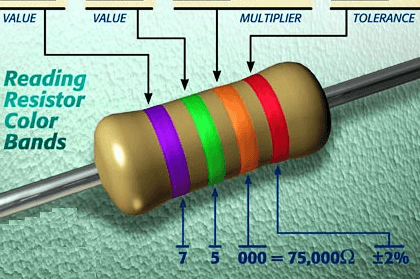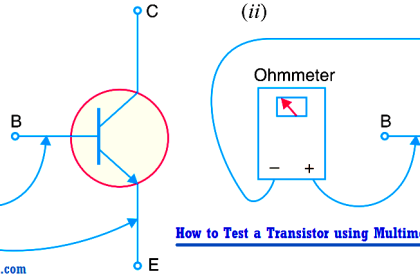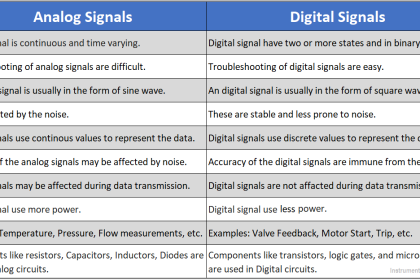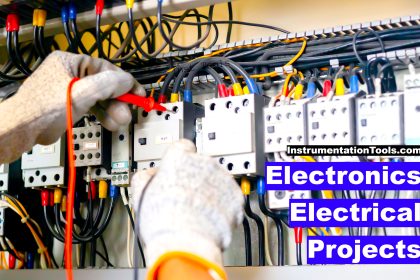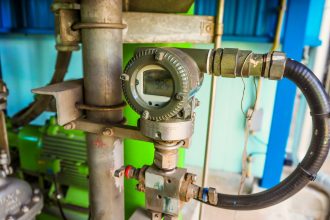Displays are a very important part of electronic devices and instruments. There are various types of displays available in the market. But, two of the most widely used ones are – LED and LCD.
In this post, we will learn the difference between LED and LCD displays.
What is LED?
LED stands for the light-emitting diode. LED is a different type of diode that stands apart from them due to its light-emitting property. Basically, it is a special property of semiconductors that emits light when an electric current passes through it and the conversion of electrical energy into light energy takes place.
In an atom, as there are protons and electrons, electrons here are the main reason for throwing light. When an electron passes from cathode to anode in a forward-biased condition to merge with the protons, the travel causes them to emit some form of energy in the form of heat and light.
The gallium arsenide phosphide is used for the manufacturing of LED which emits light for emission. The travel theory is based on quantum theory, which states that when the energy of electrons decreases from a higher level to a lower level, it emits energy in the form of photons. The energy of the photons is equal to the gap between the higher and lower level.
What is LCD?
LCD stands for liquid crystal display. As they are made of liquid crystals, they do not emit light of their own. Instead, they require some external light source to trigger them and emit light. They are illuminated by a fluorescent backlight. It is made up of many layers (polarizer, polarized glass, conductive connections, and LCD fluids).
LCD works on the principle of polarization. Here, the vibration of light waves is restricted to a single plane, resulting in the formation of light waves known as polarized light. The glass sets have liquid crystal materials between them.
When the external light passes through one of the polarized glasses and an electric current is applied to the liquid crystal molecules, they align themselves in such a way that polarized light travels from the first layer to the second polarized glass, causing an image to appear on the screen.
Difference between LED and LCD

The main differences between LED and LCD are mentioned below.
- LED uses diodes for backlights, whereas LCD uses fluorescent backlights due to its non-capability for self-producing lights.
- LED has a longer life than LCD.
- LED has lower maintenance than LCD.
- The efficiency of LED is higher than LCD.
- LED is costlier than LCD.
- The viewing angle of LCD is more brilliant than LED.
- Power consumption is less in LCD than in LED.
- LCD has a wide variety of color ranges than LED.
- The response time of LED is faster than LCD.
- The picture quality of LED is better than LCD.
- LED is more environmentally friendly than LCD, as LCD uses mercury components in it and mercury is harmful to the environment.
- Typical applications of LCD are electronic billboards, PC monitors, televisions, and electronic games; whereas LED is PC computers, bulbs, calculators, lighting, traffic signals, digital watches, and cell phones.
In this way, we understand the difference between LED and LCD.
If you liked this article, then please subscribe to our YouTube Channel for Electrical, Electronics, Instrumentation, PLC, and SCADA video tutorials.
You can also follow us on Facebook and Twitter to receive daily updates.
Read Next:
- Non-Linear Devices
- Power Supply Principle
- How to Test a Transistor?
- Types of Noise in Electronics
- Zener Diode Voltage Regulators

